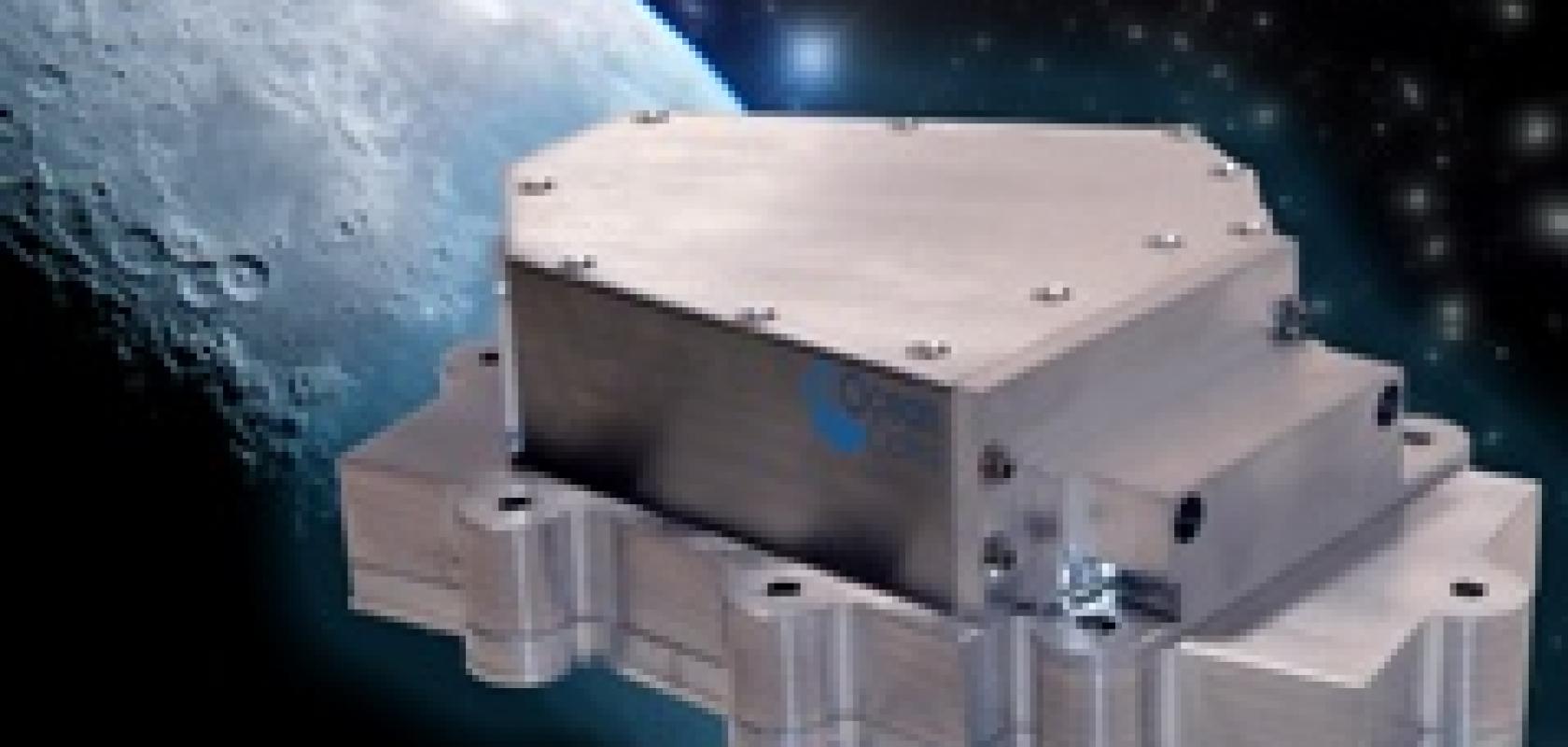A custom-engineered spectrometer, part of NASA's Lunar CRater Observation and Sensing Satellite (LCROSS) mission, is being used to analyse the makeup of lunar craters, with the goal of locating water below the moon's surface.
The Centaur rocket carrying LCROSS was launched on 18 June and will remain in orbit until the second phase of the mission, scheduled for 9 October 2009. During this phase, the units making up LCROSS will separate and the rocket will be used as a projectile, impacting with the moon to generate a 2.2 million-pound plume of matter. Another spacecraft carrying a spectrometer from Ocean Optics, which is known as ALICE, will analyse the debris, looking for signs of water and other compounds.
In partnership with Aurora Design and Technology, which developed the reflectance viewing optics for the mission, Ocean Optics adapted its highly-sensitive QE65000 Spectrometer to survive the harsh conditions of this mission – extreme temperature ranges and radiation, as well as significant shock and vibration.
ALICE will measure the reflectivity of the ejecta cloud as it rises into the sunlight, enabling scientists to distinguish between water vapour, water ice, and hydrated minerals (such as salts or clays) with molecularly bound water. With a wavelength range of 270-650nm and an optical resolution of less than 1.0nm, ALICE will be able to identify, with a high degree of accuracy, ionised water (visible at 619nm), OH radicals (visible at 308nm) and other organic molecules containing carbon. Though the measurements are to be taken from the dark region of the moon where light is scarce, the unit's back-thinned detector is highly sensitive to make the most of the light available.
Water hidden deep in the moon's craters could potentially be used as drinking water or broken down to be used as rocket fuel, laying the foundation for the moon as a staging point for further space exploration.


